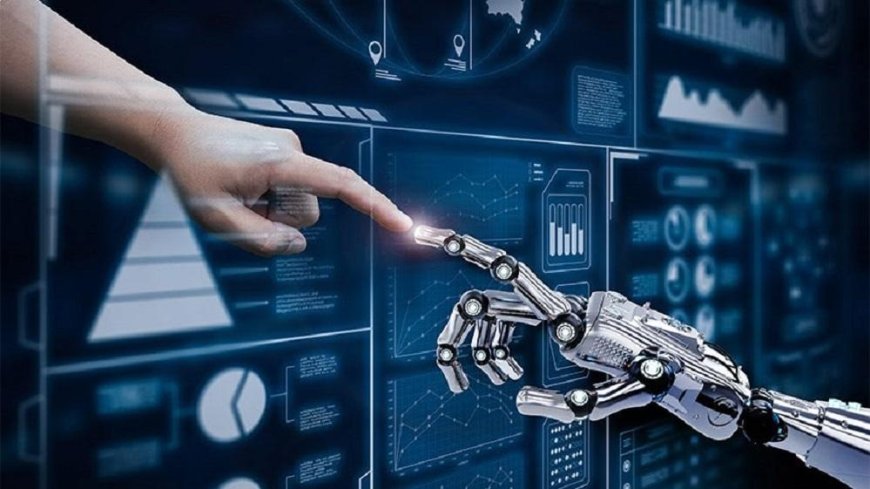Deep learning and machine learning: what's the difference?
take advantage of these new technological developments to offer their customers better products. Deep learning and machine learning.

Security solutions using artificial intelligence, neural networks and deep learning are on the rise. Security solution providers are increasingly trying to take advantage of these new technological developments to offer their customers better products. Deep learning and machine learning.
However, despite this interest in the new technologies of the most advanced companies, only a few security experts understand the differences in the concepts of machine learning and deep learning. To explain these concepts, Intel organized a webinar on artificial intelligence.
"We define artificial intelligence as a technology that has the ability to understand issues and give recommendations and guidance," experts said at the webinar. œSystems like these makes assumptions and formulates the possible answers is based on the available factual data. In addition, it is able to process a huge amount of source data. It automatically adapts to tasks and learns from its mistakes and failures."
Must Read: 10 applications for downloading videos from social networks
œOne of the questions that we get the most that, 'What's the difference in between deep learning and machine learning?' "It is called a discipline that involves the use of a number of methods and algorithms to identify a trend or develop an action pattern is Machine learning. Deep learning is part of machine learning. Deep learning as a set of algorithms is widely used in today's world, for example, this technology is the basis for language recognition and object recognition in images. Next-generation video surveillance also uses appropriate algorithms to identify people or car license plates. Deep learning can be thought of as a cascade of layers. Each subsequent layer uses the output signal from the previous layer as input.
The basis of artificial neural networks is the study of the biology of our brain. They mimic how we humans think. Their areas of application include image analysis, their classification, etc.
the suggestion by leader that "Think about how a child learns,". "How does a child learn to recognize a cat? First, the child identifies that it is an animal, and then he realizes that it has four paws, then - that it has a mustache and what color it is, and only then does the child begin to understand immediately; it's a cat or a dog. In the same way, in-depth training involves going through several stages of analysis. "
